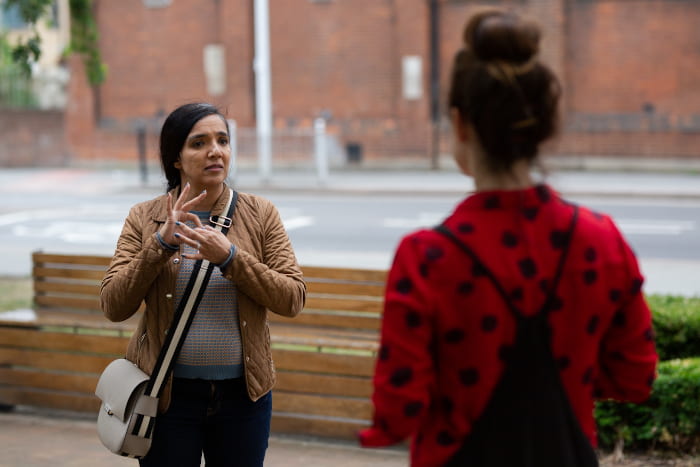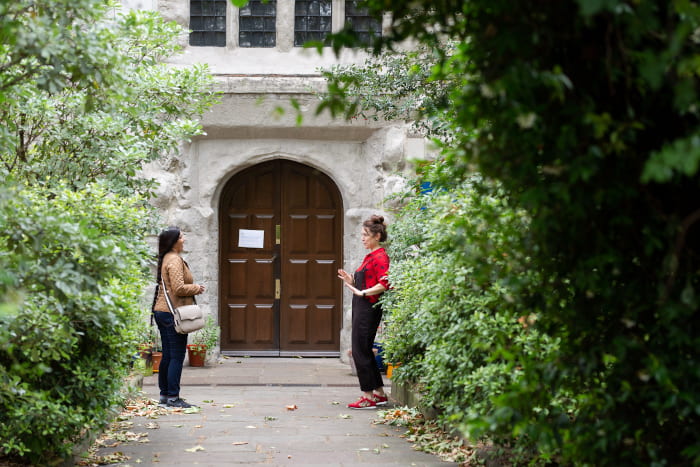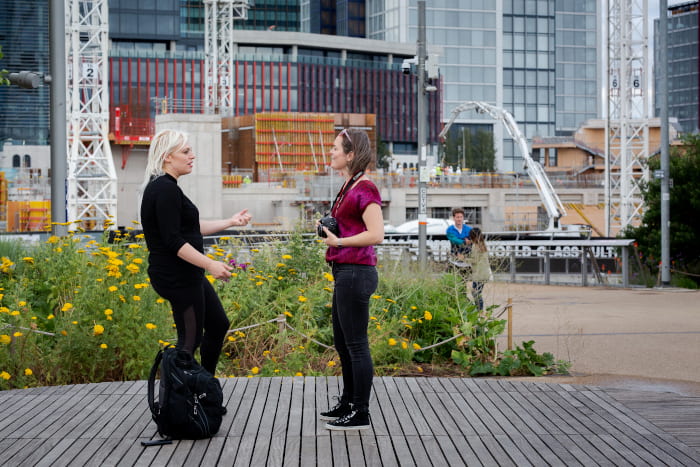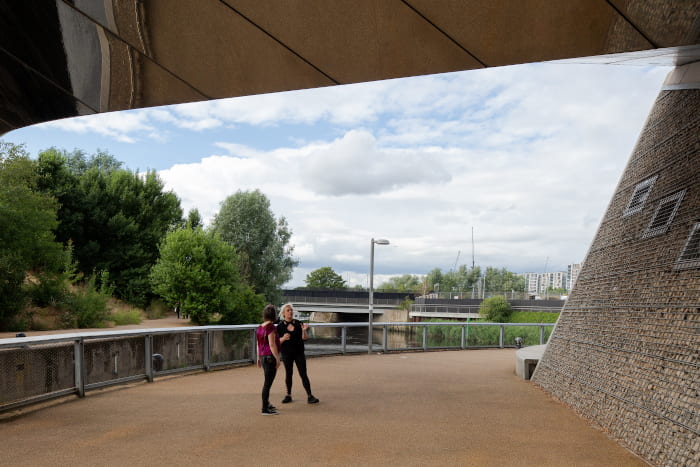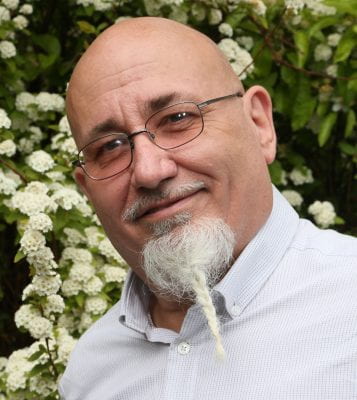What happened when we finally met: enabling collaboration during Covid19
By Lizzy Baddeley, on 6 August 2020
When the Community Engagement Team began our second programme of Trellis – a collaborative programme bringing together UCL researchers, artists and east London communities – we did not expect that those collaborations would need to be fostered during a global pandemic.
We have just announced the 5 successful commissions that will create work for an exhibition in spring 2021 – but their road to funding has been somewhat different to last year.
The Trellis programme in 2018-19 brought together four artists and four researchers to create works of art together and in collaboration with east London communities. The programme, and resultant art works, relied on face to face workshops, meetings and site visits.
This time around, whilst the initial networking events to introduce the interested artists and researchers took place pre-lockdown in February and early March, all development since then has had to radically adapt. The majority of collaboration has taken place via email, Zoom, phone call and Microsoft Teams – with some innovative use of collaborative online platforms. When we were finally allowed to meet outdoors, two of our funded projects took the opportunity to get on-site and visit some of the locations that are of interest to their project. You can read more about the two projects featured below, Flow Unlocked and Light-Wave on the Trellis website.
We sent along our photographer, Ollie Harrop to capture what happened.
Ollie Harrop, Trellis photographer:
We’ve all had to suddenly adapt to an uncertain future this year, and meeting academics and artists brimming with ideas and enthusiasm for future collaborations, felt like a perfect segue back into working life as a photographer.
I first met artist Rubbena Aurangzeb-Tariq and her interpreter, outside St Paul’s Way Trust School in Mile End. The brief was to document Rubbena showing us potential sites for her commission, which will explore the history of deaf signage in the East End. After Mile End, we went to Bow Church and Deaf Plus, in Whitechapel.
Photographing Rubbena communicating with the interpreter through sign language was fascinating, and something I’d never done before. Usually when documenting people conversing, the key is to catch the moments in between words, or when someone is listening intently. However, what felt right instinctively through the camera was a totally new experience, documenting a different form of communication, and something I hope comes across in the photos.
Images © Ollie Harrop
I then met the photographer Briony Campbell, and researcher Georgia Pavlopoulou in the Olympic Park, Stratford. They’d never met in person before, but had spent hours over the phone and on Zoom over the lockdown period formulating and shaping their prospective commission.
The park has become a space that is enjoyed by many, in myriad ways. The notion of ‘legacy’ was something I was cynical of 8 years ago, especially when reading how Olympic parks across the world have become forgotten or forlorn spaces. Listening to Briony and Georgia enthusiastically express ideas for how the park could be used for their commission was especially heartening, working with the design of the park to convey notions relating to autism will be fascinating.
Images © Ollie Harrop
Georgia Pavlapoulou, UCL Researcher working on Flow Unlocked
Georgia reflected on the joy of meeting Briony Campbell, one of the artist partners on Flow Unlocked, and the sadness at not being able to meet Jon Adams, the other artist who was still shielding.
Being around Briony for the first time felt natural.
We had been through intimate, joyful, and difficult discussion months before we physically met. We negotiated space, we shared inspiration, we celebrated our first successful bid, we cried when our collaborators shared their experiences of exclusion, isolation and gaslighting by a society that is not fully accepting autistic ways of being.
All these feelings are somewhat embodied now as we physically share the same space. Her eyes were full of ideas and her smile set the tone for a brilliant meeting.
I missed Jon that day, I showed Ollie and Briony his work on digital arts.
I told them that I could imagine Jon reading poems or creating electronic sounds. Filling the space with sarcasm, pain, truth, hope. Briony kept smiling as I jumped on stage and talking fast about all possible acts… I started brainstorming about how we could potentially use this space and how we can ensure autistic participation and emancipation by applying a universal design that respects all types of audience.
Briony and Jon have made me feel it is safe and possible to re-imagine knowledge exchange and participatory research practices in mental health. With authentic participation as a priority within FlowUnlocked, we are looking at our approach to collaboration not just as a methodology but also a subject to study in itself. We have been reflecting on our own relationships as facilitators, collaborators and participants simultaneously, and will aim to turn our process inside out so it can be revealed to our audience, in parallel to the core stories of autistic relationships.
Jon Adams, autistic artist and one of two artists working on Flow Unlocked
Jon reflected on his feelings of closeness to the project despite not being on site with Briony and Georgia.
Feeling close in a relationship may not depend on actual distance. Lockdown & shielding has meant anything outside the front door may as well be as far away as the moon and has distorted impressions of space. Talking via digital or phone means close plus it may involve ‘knowing’ others are there, understand you and wish you well.
The five Trellis projects will continue to develop their ideas in collaboration with communities until spring 2021 when a physical exhibition will take place in east London.
Ollie Harrop is a Margate and London based photographer.
Rubbena Aurangzeb-Tariq is a London-based artist and facilitator, working with Prof Bencie Woll and D/deaf individuals in east London on Light-Wave
Georgia Pavlapoulou is a social researcher into autism at UCL. Jon Adams is a polymath partist. Georgia and Jon are working with photographer, filmmaker and creative facilitator Briony Campbell and autistic east Londoners on their project, Flow Unlocked.
Trellis is co-funded by the Engineering and Physical Science Research Council (EPSRC) and UCL Public Art.
 Close
Close


